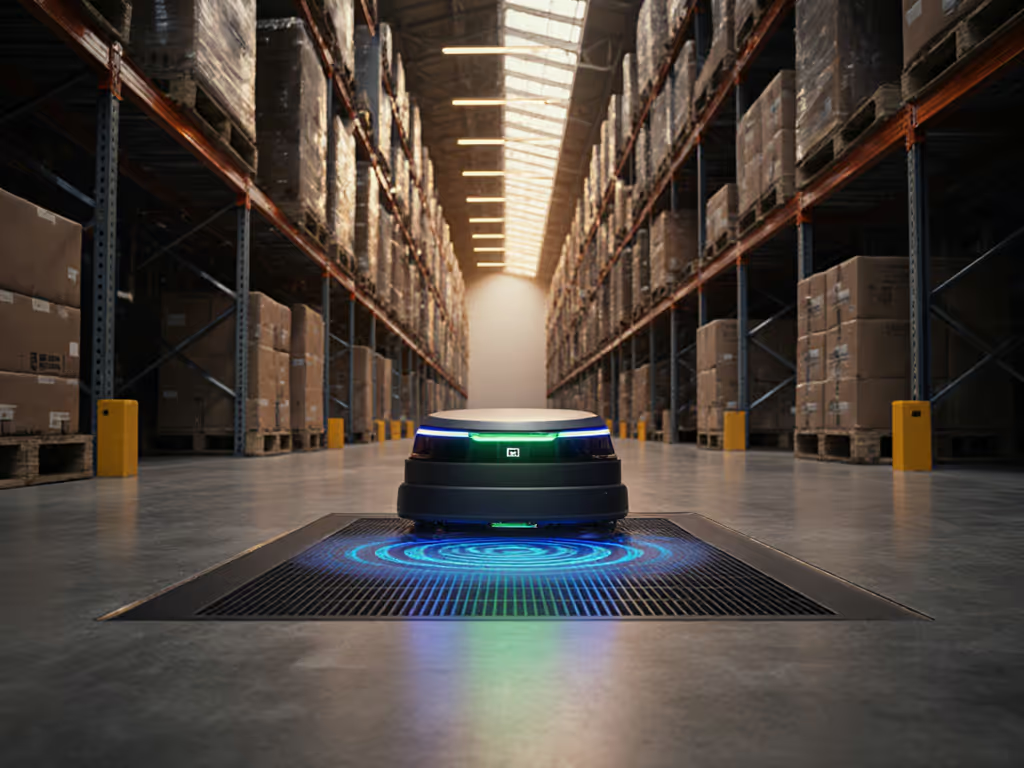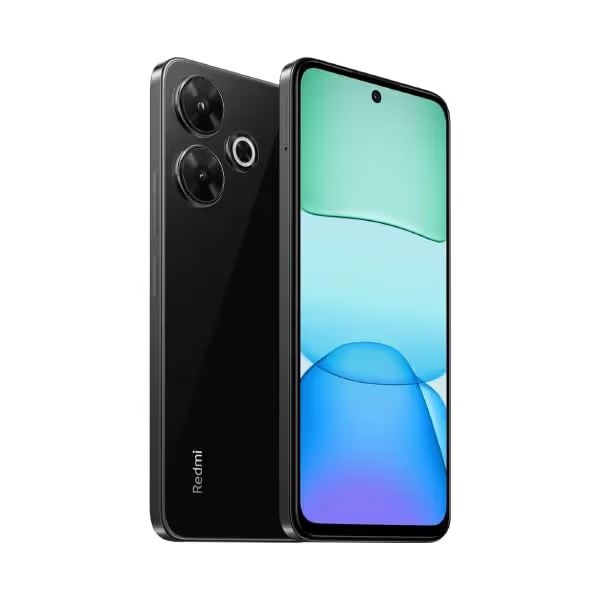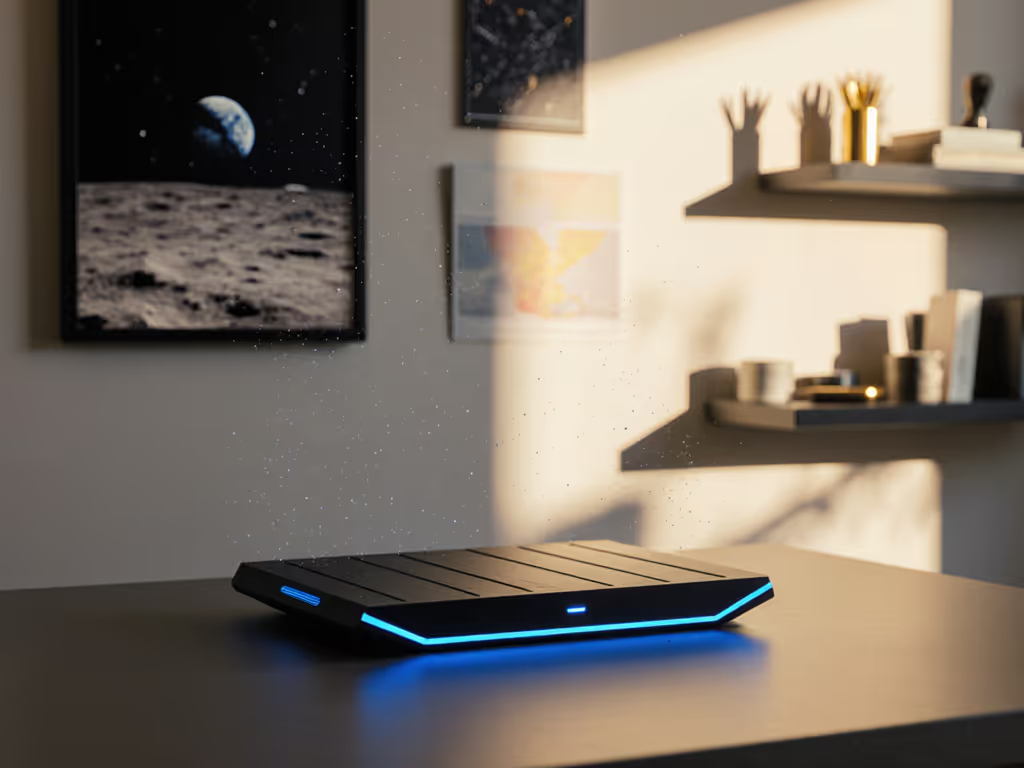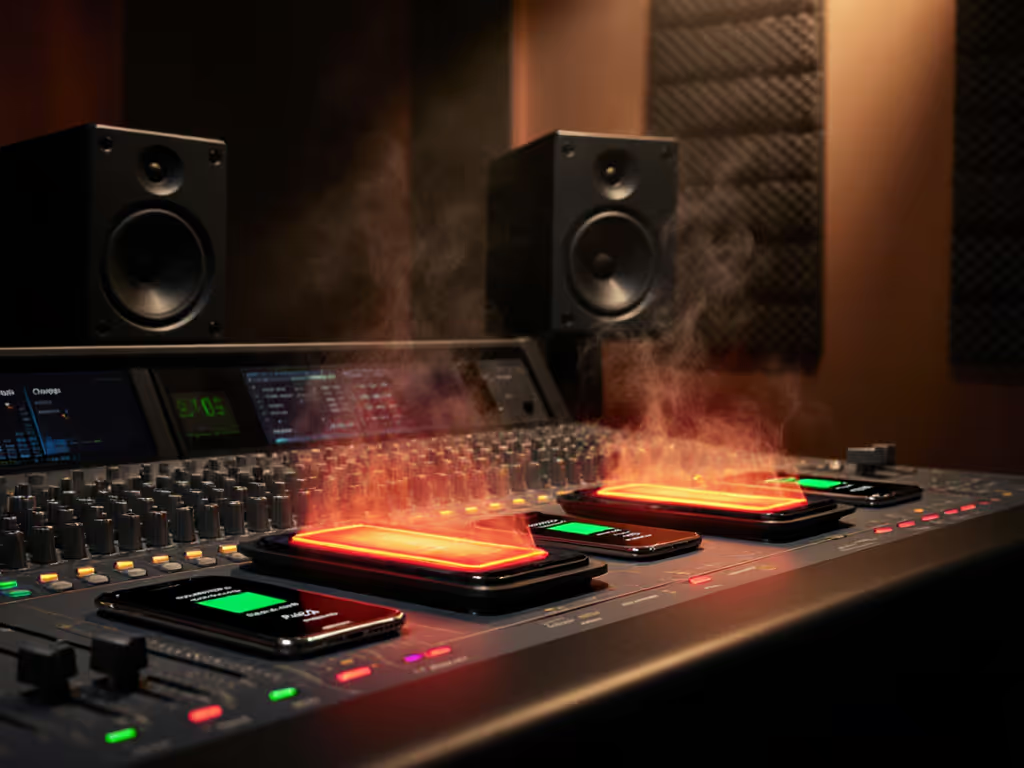
How Auto-Adjusting Rectifiers Reduce Wireless Charging Heat

Wireless charging has become a standard feature in modern devices, but many users notice their phones warming up during charging, especially with dynamic frequency wireless charging systems. The culprit? Inefficient power transfer that converts excess energy into heat. Enter the auto-adjusting rectifier, an often-overlooked component that dynamically optimizes power conversion to reduce thermal stress. For battery longevity-focused users, understanding this technology is crucial, because a cool battery is a long-lived battery. As I learned from my own summer road trip mishap with a bargain mount that let my phone soar past 43°C, protecting your battery means addressing heat at its source. Here's how these smart components work to keep your device cooler and healthier.
Keep it under 40°C when possible.
Understanding the Heat Problem: Your Wireless Charging FAQ
What causes wireless chargers to generate so much heat?
Heat during wireless charging stems from energy conversion inefficiencies. When alternating current flows through the transmitter coil, it creates an electromagnetic field that induces current in your device's receiver coil. However, misalignment, distance variations, or incompatible frequencies cause energy loss, typically as heat. Traditional rectifiers (which convert AC to DC for battery charging) operate at fixed parameters, wasting energy when conditions aren't perfect. This inefficiency follows physics principles: the gap between coils exponentially increases magnetic flux loss, directly impacting thermal output. A study by Oak Ridge National Laboratory confirmed that even minor misalignments can reduce efficiency by 15-20%, translating directly to higher temperatures.
How does an auto-adjusting rectifier actually work?
An auto-adjusting rectifier is a smart circuit that dynamically modifies its operation based on real-time charging conditions. Unlike basic rectifiers, it continuously monitors:
- Coil alignment and distance
- Temperature of both charger and device
- Power demand fluctuations
- Ambient conditions
When it detects suboptimal conditions (like your phone settling slightly askew on the pad), it adjusts the rectification process to maintain peak efficiency. This might involve changing switching frequencies, voltage thresholds, or current pathways (all within milliseconds). The result? Less energy wasted as heat, particularly during critical high-power phases. For Qi2 and MagSafe users, this technology is increasingly integrated into certified chargers that prioritize battery health alongside speed. If you're weighing charging ecosystems, see our MagSafe vs Qi guide for heat, speed, and alignment trade-offs.

XIAOMI Redmi 13
What's the connection between dynamic frequency wireless charging and reduced heat?
Dynamic frequency wireless charging systems work hand-in-hand with auto-adjusting rectifiers through adaptive frequency tuning. Here's the synergy:
- The transmitter coil constantly analyzes the receiver's position and power needs
- It shifts operating frequency to match the optimal resonance point for current conditions
- The auto-adjusting rectifier then fine-tunes AC-to-DC conversion for this new frequency
This collaborative approach prevents the "over-driving" that occurs when fixed-frequency systems attempt to maintain wattage despite alignment issues. Chiba University researchers recently demonstrated this principle: their AI-optimized system improved energy transfer efficiency from 65% to 86.7% by dynamically adjusting parameters, which directly reduced thermal output. For your nightly bedside charger, this means maintaining 7.5W for your watch without the coil humming loudly or your phone creeping toward damaging temperatures. For a deeper dive into the engineering, read our explainer on dynamic frequency tuning and why it cuts heat.
How does this protect my battery long-term?
Lithium-ion batteries degrade fastest when exposed to sustained heat, a fact confirmed by multiple studies including Apple's battery health documentation. Operating above 35°C accelerates capacity loss, while temperatures exceeding 40°C can cause permanent damage within months. The relationship is exponential: a phone consistently charged at 45°C may lose 20% capacity in half the time of one charged at 35°C.
Auto-adjusting rectifiers directly address this by:
- Reducing peak temperatures during high-power transfer phases
- Preventing thermal throttling cycles that stress battery chemistry
- Maintaining efficiency across real-world conditions (not just lab-perfect alignment)
This aligns perfectly with the engineering principle I've verified through my own temperature logging: protect the pack, and performance naturally lasts the distance.
What should I look for in chargers with these features?
Identifying chargers with true wireless power optimization requires careful scrutiny:
- Certification badges: Look for Qi Extended Power Profile (EPP) or Qi2 certification, which mandate better thermal management
- Manufacturer specs: Phrases like "adaptive frequency control," "intelligent thermal management," or "resonant charging technology" indicate advanced circuitry
- Independent testing: Sites like Wirecutter now measure temperature profiles alongside charge speeds
- User reports: Search for "runs cool" or "no fan activation" in reviews of MagSafe-compatible accessories
Be wary of generic "fast charging" claims without thermal specifications. Our lab tests compare budget vs premium wireless chargers for sustained heat and longevity. Many budget chargers prioritize initial wattage over sustained efficiency, causing devices to throttle within minutes as temperatures rise. Premium third-party brands like Anker and Belkin have started highlighting their thermal management systems, particularly for multi-device stands where cumulative heat is problematic.
Beyond rectifiers: What else can I do to keep my device cooler?
While auto-adjusting rectifiers handle the technical side, simple user habits complete the thermal protection strategy:
- Remove thick cases during charging (especially silicone or leather cases that trap heat)
- Avoid direct sunlight, even car dashboard mounts can push temperatures past safe limits
- Use lower wattage when overnight charging (5W instead of 15W)
- Monitor temperature with apps like AccuBattery (Android) or CoconutBattery (Mac-connected iOS)
- Elevate your phone slightly on the charger to improve airflow
For travelers, this means choosing hotel rooms with nightstands away from windows, and for drivers, it means avoiding those bargain mounts that sandwich your phone between dash and windshield, the same mistake that left me stranded with a throttled battery in that Phoenix parking lot.
The Bottom Line for Battery-Conscious Users
Auto-adjusting rectifiers represent a quiet but critical advancement in wireless efficiency improvement, one that prioritizes long-term device health over momentary speed. As resonant charging technology becomes standard in Qi2 and next-gen systems, this thermal management capability will increasingly separate genuinely premium chargers from the rest.
Your best approach? Combine smart hardware choices with simple behavioral tweaks. Choose certified chargers that emphasize thermal performance data, be mindful of environmental factors, and remember the core principle that guides my own setup: keep it under 40°C when possible. Your battery's longevity will thank you for years to come.
For further exploration: The AirFuel Alliance's white papers on resonant charging principles provide detailed technical specifications behind modern wireless power systems, including thermal management benchmarks used by manufacturers.




